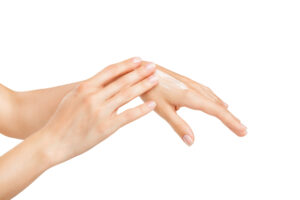Understanding Exfoliation
Your skin undergoes a natural turnover cycle every 30 days or so. When this happens, the upper layer of your skin (epidermis) sheds, revealing new skin from the middle layer of your skin (dermis).
However, the cell turnover cycle isn’t always so clear-cut. Sometimes, dead skin cells don’t fully shed, leading to flaky skin, dry patches, and clogged pores. You can help your body shed these cells through exfoliation.
Exfoliation is the process of removing dead skin cells from the outer layers of the skin with a substance or tool known as an exfoliator. Exfoliators come in many forms, from chemical treatments to brushes.
It can be also beneficial for removing dry or dull skin, increasing blood circulation, and brightening and improving your skin’s appearance.
There are different methods for exfoliation. Your skin type should determine which method you use and how often you exfoliate. For certain skin conditions, including rosacea, exfoliation isn’t usually recommended.

What to use to exfoliate
There are different methods and tools to exfoliate skin. Facial scrubs and brushes are forms of mechanical, or physical, exfoliation. Acids and skin peels are forms of chemical exfoliation.
Mechanical
- Exfoliating brush. This is usually a bristle brush used on the face or body to remove layers of dead skin cells. Some are designed for dry brushing. Others can be used with your facial cleanser or body wash.
- Exfoliation sponge. These are a gentler way to exfoliate skin. You can lather an exfoliating sponge with warm water, soap, or body wash in the shower.
- Exfoliating glove. If you find brushes or sponges difficult to grip, you can use a glove. Lather it with soap or body wash in the shower. They can be effective for large areas such as legs or arms.
- Exfoliating scrub. This can be applied directly to the skin using a gentle, circular motion. You can wash your skin with warm water after applying the scrub.
Chemical
Alpha-hydroxy acids (AHAs). Examples of AHAs include glycolic, lactic, tartaric, and citric acids. These work by breaking apart bonds holding dull and dead skin cells on your skin’s surface. This will cause your skin to naturally shed dead particles.
Beta-hydroxy acids (BHAs). Examples of BHAs include beta hydroxyl and salicylic acid. These may be better for acne-prone skin.

How to exfoliate your skin by skin type
When mechanically exfoliating, it’s important to be gentle on your skin. You can make small, circular motions using your finger to apply a scrub or use your exfoliating tool of choice.
If you use a brush, make short, light strokes. Exfoliate for about 30 seconds and then rinse off with lukewarm — not hot — water. Avoid exfoliating if your skin has cuts, open wounds, or is sunburned. Apply moisturizer with SPF after exfoliating.
Dry skin
Exfoliation is important for dry or flaky skin. Avoid mechanical exfoliation on dry skin, because the process is drying and it can lead to microtears. AHAs are effective for dry skin.
Glycolic acid will help remove dead cells sitting on the surface of the skin and encourage healthy skin turnover. Follow up with an SPF and moisturizer after using glycolic acid. It can make the skin more prone to sun damage.
Sensitive skin
Avoid scrubbing or using mechanical methods of exfoliation. These will irritate your skin further and can lead to redness.
Use a mild chemical exfoliator and apply with a gentle washcloth. For acne, you can also try a salicylic acid peel at your dermatologist’s office.
Oily skin
Oily or thicker skin can benefit from manual exfoliation and brushing. Oily skin may have an extra layer of buildup on the surface that manual exfoliation can remove. Gently use an exfoliator or scrub in circular motions for best results.
Normal skin
If your skin doesn’t have any complications, you can choose any method of exfoliation. Manual and chemical exfoliation are both safe for this skin type. You may need to experiment to find out which method works best for your skin.
Combination skin
Combination skin may require a mix of mechanical and chemical exfoliation. Never use both on the same day as it can irritate skin. If your skin feels dry after exfoliation, use a moisturizer immediately after.
Exfoliation by body part
Take care when exfoliating sensitive areas of the body, including the face. Exfoliating these areas too often can lead to dryness, redness, and itchiness.
Face
The type of exfoliant to use on your face depends on your skin type. To exfoliate your face mechanically with a scrub, apply gently to the skin with a finger. Rub in small, circular motions. Rinse with lukewarm water.
For a chemical exfoliant that’s a liquid, apply with a cotton pad or washcloth. Work with a dermatologist to determine which type of exfoliation is safe for your skin.
Arms and legs
The easiest way to exfoliate your arms and legs is with a brush, sponge, or glove. This can help get rid of dead skin cells and stimulate circulation. Look for a body scrub at your local pharmacy or online and lather with it in the shower. You can also try dry brushing.
Feet and hands
There are scrubs and peels available to exfoliate feet and hands. You can also use a pumice stone to exfoliate feet.
Body
You can use a loofah or body brush to exfoliate your body and bikini area. Always do this in a warm shower to soften skin first. Use any device or scrub gently and wash thoroughly afterward.
How often should you exfoliate?
How often to exfoliate depends on your skin type and the type of exfoliation you’re using. Some chemical exfoliants can be strong, for example. In general, exfoliating skin one to two times a week is enough to be effective for dry skin.
Oily skin may require more frequent exfoliation. Avoid over-exfoliating as it can lead to redness and irritation. Talk to your dermatologist if you need help figuring out how often it’s safe for you to exfoliate.
Exfoliating benefits
The benefits of exfoliation include:
- removing dead skin cells
- improving circulation
- encouraging skin turnover, resulting in brighter skin
- allowing for better absorption of moisturizers and serums
When to stop exfoliating
Stop exfoliating if you notice your skin is red, inflamed, peeling, or irritated. Avoid exfoliation if you also use certain medications or acne products, including retinol and benzoyl peroxide. It may make your skin worse or lead to breakouts.
Know your skin type

Creative beauty collage – various skin types
Before choosing an exfoliator, it’s important to know what type of skin you have. Keep in mind that your skin type can change with age, weather changes, and lifestyle factors, such as smoking.
There are five major skin types:
- Dry. This skin type is more likely to have dry patches and requires more moisture. You probably notice that your skin gets even dryer in cold, dry weather.
- Combination. This skin type isn’t dry, but it isn’t all-out oily, either. You may have an oily T-zone (nose, forehead, and chin) and dryness around your cheeks and jawline. Combination skin is the most common skin type.
- Oily. This skin type is characterized by excess sebum, the natural oils produced by the sebaceous glands underneath your pores. This often leads to clogged pores and acne.
- Sensitive. This type of skin is easily irritated by fragrances, chemicals, and other synthetic materials. You can have sensitive skin that’s also dry, oily, or combination.
- Normal. This type of skin doesn’t have any dryness, oiliness, or sensitivity. It’s pretty rare, as most people’s skin has at least some oiliness or dryness.
You can see a dermatologist or esthetician to help you determine your skin type. You can also do it at home by following these steps:
- Wash your face, making sure to remove any makeup well.
- Dry your face, but don’t apply any toner or moisturizer.
- Wait one hour and then gently dab a tissue over different parts of your face.
Here’s what you’re looking for:
- If the tissue absorbs oil over your entire face, then you have oily skin.
- If the tissue only absorbs oil in certain areas, you have combination skin.
- If the tissue doesn’t have any oil, you have either normal or dry skin.
- If you have any scaly or flaky areas, you have dry skin.
While it might seem like dry skin is the only type that would have flakes of dead skin cells, this can happen with any skin type. So even if you find some flakes, you’ll want to use an exfoliator that’s best suited for your skin type.
Chemical exfoliation
While it sounds harsh, chemical exfoliation is actually the gentlest exfoliation method. Still, make sure you follow all of the manufacturer’s instructions because you can easily overdo it.
Alpha hydroxy acids
Alpha hydroxy acids (AHAs) are plant-based ingredients that help to dissolve dead skin cells on the surface of your face. They work best for dry to normal skin types.
Common AHAs include:
Note, if you’ve never used AHAs, consider starting with a product that just contains one AHA so you can track how your skin reacts to specific ones.
Beta hydroxy acids
Beta hydroxy acids (BHAs) remove dead skin cells from deep in your pores, which can help to reduce break outs. They’re a good option for oily and combination skin as well as skin that has acne scars or sun spots.
One of the best-known BHAs is salicylic acid, which you can find in many drugstore exfoliators.
Enzymes
Enzyme peels contain enzymes, usually from fruits, that remove dead skin cells on your face. Unlike AHAs or BHAs, enzyme peels won’t increase cellular turnover, meaning it won’t expose a fresh layer of skin. This makes them an especially good option for people with sensitive skin.
Mechanical exfoliation
Mechanical exfoliation works by physically removing dead skin rather than dissolving it. It’s less gentle than chemical exfoliation and works best for normal to oily skin. Avoid using mechanical exfoliation on sensitive or dry skin.
Powders
Exfoliating powders, like our herbal facial mask (Anti-Aging and Acne) use fine particles to both absorb oil and remove dead skin. To use it, mix the powder with some water until it forms a paste that you can custom-blend to your skin type and needs. For stronger results or spot treatments, use less water to create a thicker paste.
Dry brushing
Dry brushing involves using soft bristles to brush dead skin cells away. Use a small brush with natural bristles, and gently brush damp skin in small circles for up to 30 seconds. You should only use this method on skin that’s free of any small cuts or irritation.
Washcloth
If you’re one of the lucky few with normal skin, you may be able to exfoliate just by drying your face with a washcloth. After washing your face, gently move a soft washcloth in small circles to remove dead skin cells and dry your face.
What not to use
Regardless of your skin type, avoid exfoliators that contain irritating or coarse particles, which can injure your skin. When it comes to exfoliation, not all products are created equal. Many scrubs that have exfoliants in them are too harsh for your skin.
Stay away from exfoliators that contain:
- sugar
- beads
- nut shells
- microbes
- coarse salt
- baking soda
Important safety tips
Exfoliation usually leaves you with smoother, softer skin. To maintain these results, make sure you follow up with a good moisturizer that’s best for your skin type.
If you have dry skin, opt for a cream moisturizer, which is richer than a lotion one. If you have combination or oily skin, look for a light, oil-free lotion or gel-based moisturizer.
While you probably already know about the importance of wearing sunscreen, it’s even more important if you’ve been exfoliating.
Acids and mechanical exfoliation remove a full layer of skin from your face. The newly exposed skin is very sensitive to sunlight and much more likely to burn. Try to use a natural mineral-based sunscreen with ZINC or TITANIUM OXIDES, like the Vivoderm Zinc Repairing Facial Moisturizer which doubles as a moisturizer with 25%SPF.
In addition, you should be extra cautious with exfoliation if you have:
- an active acne breakout
- an underlying condition that causes lesions on your face, such as cold sores
- rosacea
- warts
Finally, before trying any new product on your skin, do a small patch test first. Apply a little bit of the new product to a small area of your body, like the inside of your arm. Follow the manufacturer’s instructions for application and removal.
If you don’t notice any signs of irritation after 24 hours, you can try using it on your face.
The bottom line
Proper exfoliation is effective in removing dead skin from your face. This will leave you with smoother, softer skin. If you wear makeup, also notice that exfoliation helps it to go on more evenly.
Just make sure you start slow to determine which products and types of exfoliants your skin can handle, and always follow up with moisturizer and sunscreen!
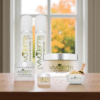
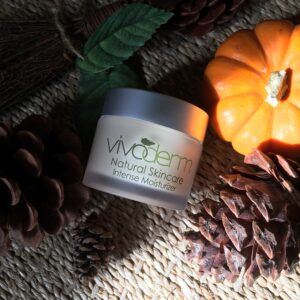 Autumn’s crisp air may feel refreshing, but it also comes with challenges. Cooler temperatures, indoor heating, and reduced humidity all contribute to:
Autumn’s crisp air may feel refreshing, but it also comes with challenges. Cooler temperatures, indoor heating, and reduced humidity all contribute to: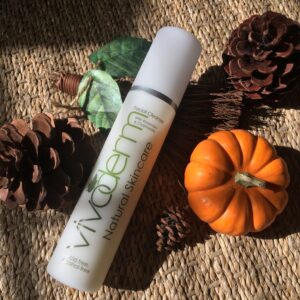






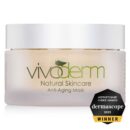

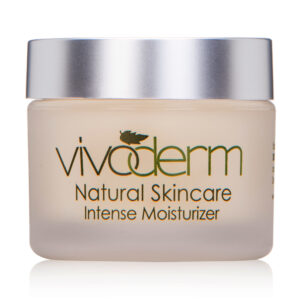

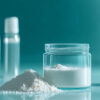
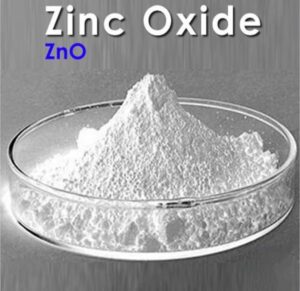
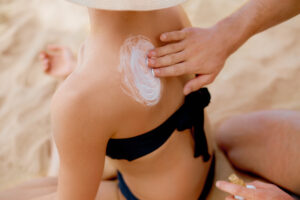


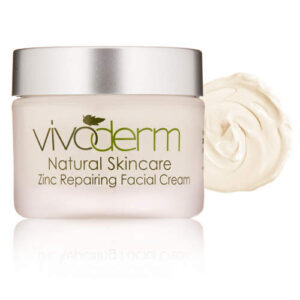

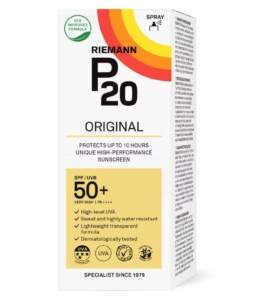
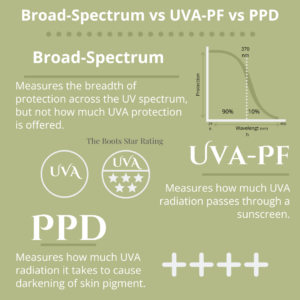
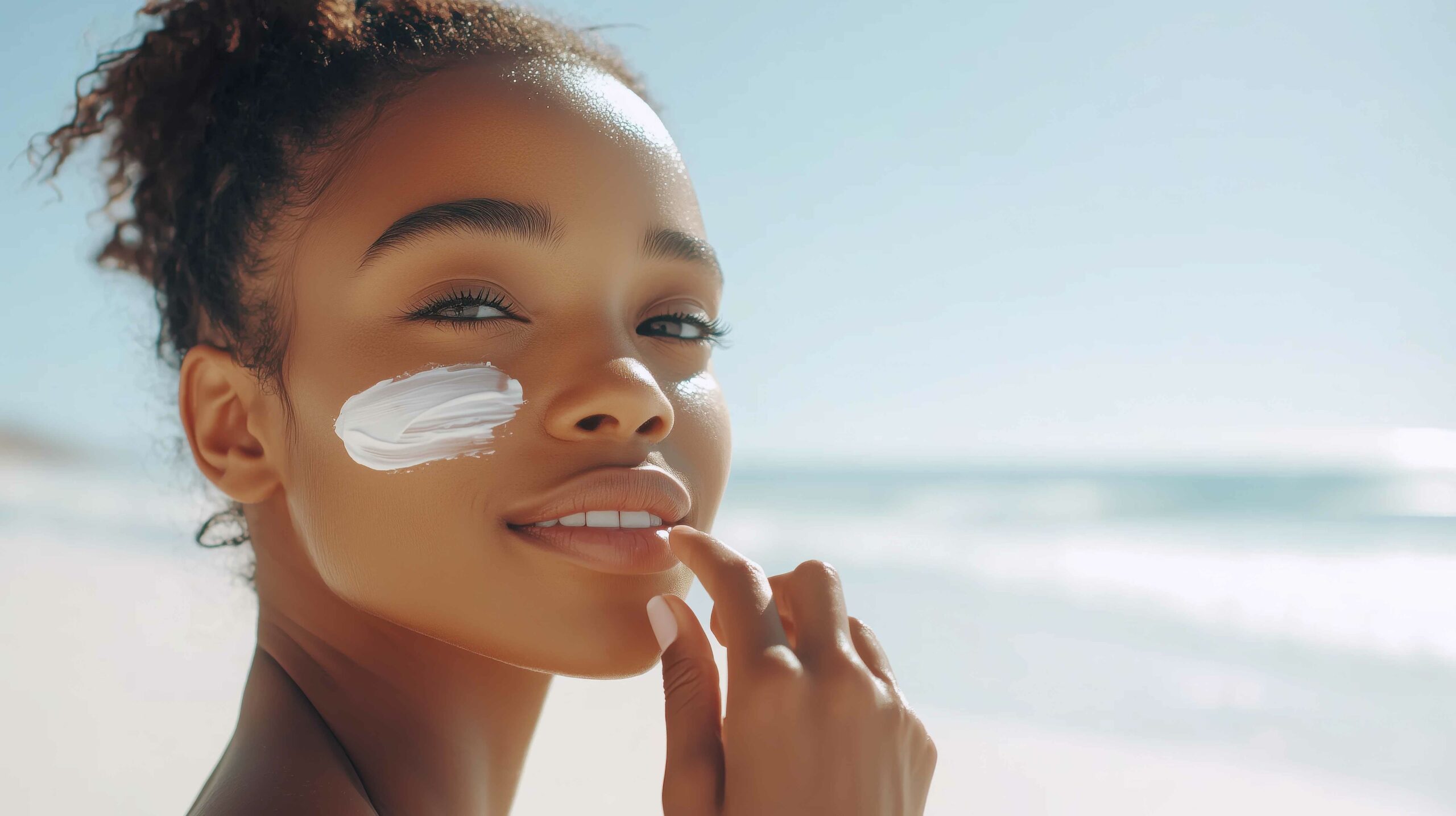


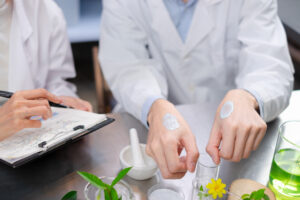





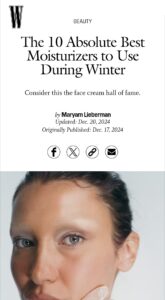









 inflammatory benefits, helping rejuvenate the skin.
inflammatory benefits, helping rejuvenate the skin.






















 The Power of Natural Ingredients for Dry Skin
The Power of Natural Ingredients for Dry Skin feeling refreshed.
feeling refreshed.









